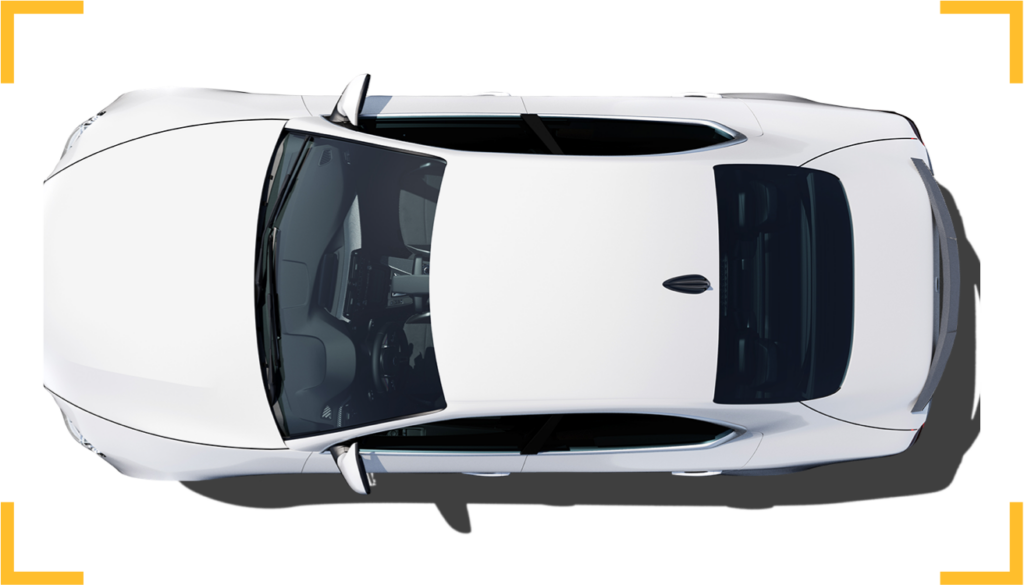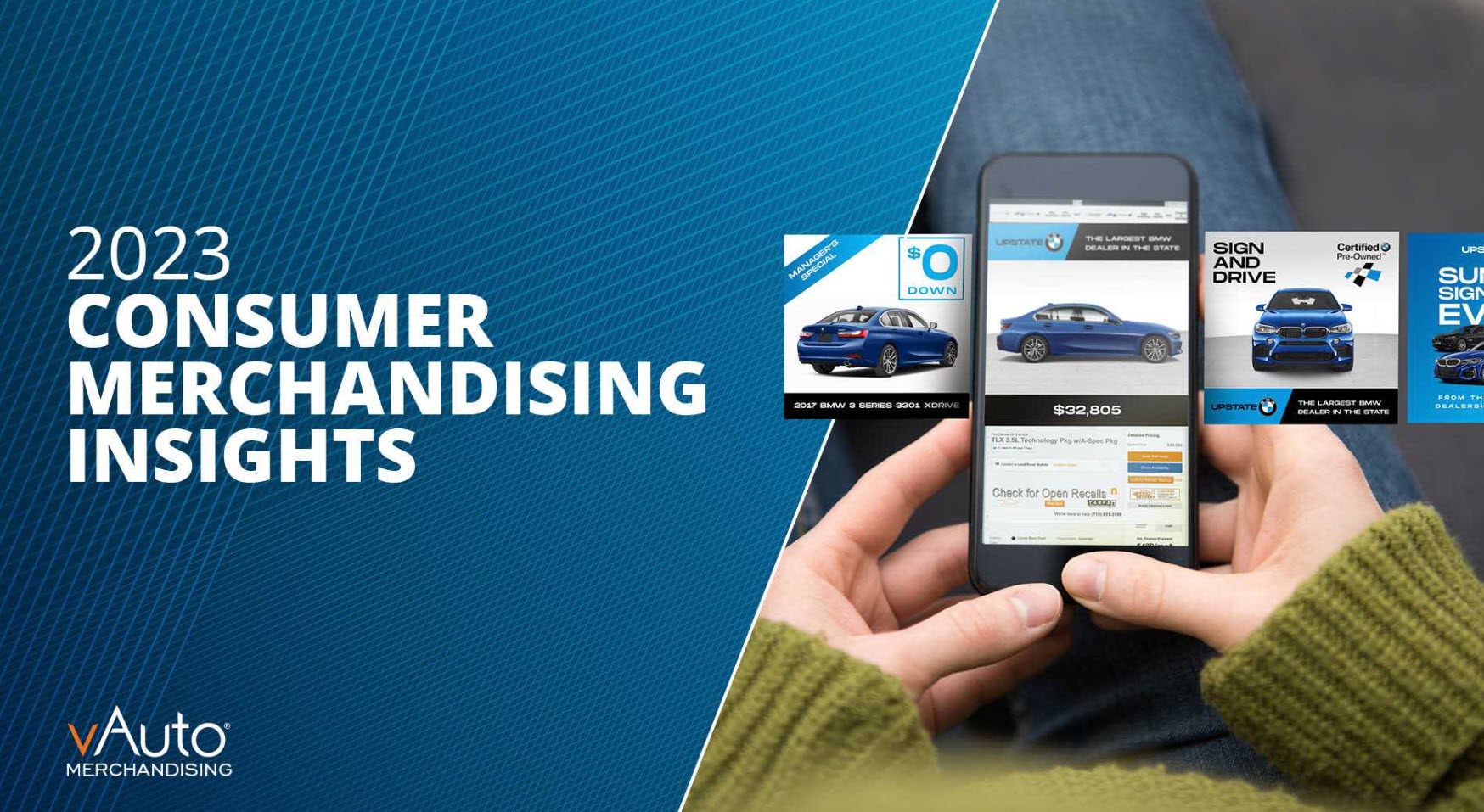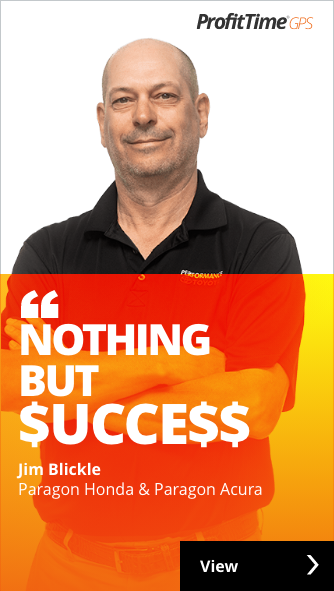3 Pillars Of A Stellar Used-to-New Vehicle Sales Ratio
A recent Automotive News article discussed how, even among top dealer groups, it’s difficult for some dealers to achieve a 1:1 used-to-new-vehicle sales ratio.
The article noted that among the top 100 dealership groups ranked by used vehicle sales, less than 20 groups achieved a 1:1 used-to-new ratio and, among those, only nine achieved a 1.25:1 ratio. The findings mirror National Automobile Dealers Association (NADA) data that says the average dealer achieves a roughly .75:1 used-to-new sales ratio.
I’ve long advocated that dealers should strive to achieve at least a 1:1 ratio for three reasons.
First, dealers have more direct control of their used vehicle business. They can typically choose the vehicles they want to sell, and price them the way they prefer, without too much factory intrusion.
Second, used vehicles typically generate more gross profit on a per-car basis than new vehicles, particularly when dealers make cost and time efficiencies top priorities.
Third, the used vehicle department is the hub of what I call the “wheel of fortune”—every used vehicle represents an opportunity to generate gross in parts/service, F&I and the used vehicle department itself. Best of all, the wheel spins faster as you sell more used vehicles more quickly.
I was curious to better understand how these and other factors may fit the operational strategy of the Delavan, WI-based Kunes Country Auto Group, which ranked as the top performer on the Automotive News list. The Kunes group achieves an impressive 1.7:1 used-to-new-vehicle sales ratio, according to the article.
My conversation with Jennifer Myers, the Kunes group’s director of marketing, touched on three pillars of the 15-store group’s used vehicle success that I thought would be useful to share more broadly.
Pillar 1: A “used car”-minded dealer principal. Dealer Gregg Kunes makes used vehicles a higher operational priority than new vehicles. “Gregg’s philosophy is that if we have a Ford store, everybody knows we have Fords. So we highlight used cars. On our front lines, you’re always going to see used cars, not new Fords or Chevys or the franchise brand,” Myers says.
She shared a story about the group’s acquisition of a Honda store a year ago. It typically sold used Hondas, and a few Toyotas. Today, you’ll see almost any brand in the dealership’s used vehicle inventory. “We kind of shocked the team there by putting used Fords and whatever else in the inventory,” Myers says. “They’ve been doing really well.
Pillar 2: A “serve your customers first” philosophy. This philosophy manifests in an offer the Kunes group advertises in each store and beyond: If a customer can’t find the exact used vehicle they want in inventory, Kunes will get it in 72 hours. “We want to be our customer’s dealer,” Myers says. “We don’t want to lose them for silly things like we don’t have the exact red Ford Focus they want today. If that’s the case, we’ll go get it.”
The philosophy also extends to credit-challenged customers, who make up about half of the group’s used vehicle buyers. “Gregg imparts to the whole team that we take a different approach with subprime. He’s always looking for the next sale in the relationship. Can we do a good enough job today to get a brother, sister or neighbor in here? For us, the subprime market is an opportunity to really take care of people when they’re down. They’re usually not treated well by other dealers and used car lots. Our philosophy is that we’re helping people out of a bad situation that sometimes isn’t their fault. They have credit problems because Mom got sick and they had to quit their job, or they’ve got a lot of medical bills.”
(A quick side note: Kunes’ customer-first philosophy has an interesting history—perhaps owing to dealer Gregg Kunes’ very first car deal, which he discusses in a Q&A here.)
Pillar 3: Highly efficient sourcing. In addition to capturing as many trade-ins as they can, the group’s used vehicle managers have taken advantage of technology and tools in recent years to efficiently acquire a larger share of their inventory online. The group will go to physical auctions in Chicago and Milwaukee because they’re close. But the group recognizes that more efficient sourcing allows managers to be in stores, working with customers and their teams. “Our stores are in more rural, smaller markets,” Myers says. “You can’t take that person away from the store for that long.”
My hat’s off to dealer Gregg Kunes and his team for their stellar achievement—and for demonstrating that with the right approach and philosophy, a dealer’s used vehicle department can be an effective engine for significant growth and success.
The post 3 Pillars Of A Stellar Used-to-New Vehicle Sales Ratio appeared first on Dale Pollak.

















